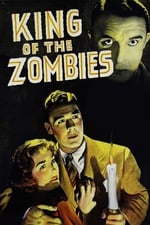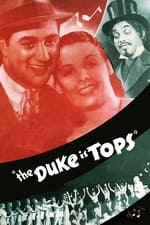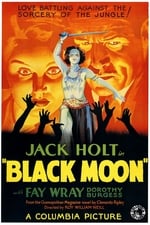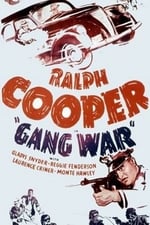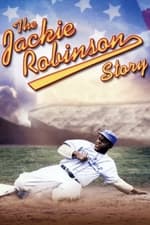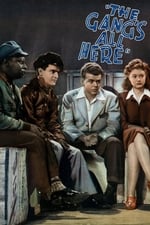Informations personnelles
Célèbre pour Interprétation
Apparitions connues 18
Genre Homme
Date de naissance -
Lieu de naissance -
Alias
- J. Lawrence Criner
Score de contenu
100
Superbe ! Cette fiche semble complète !
Connectez-vous afin de
signaler un problème.
Biographie
In his time was considered one of the most popular Black actors of stage and screen from the 1920s to the early 1950s starring in close to 30 films. He started his career as one of the members of the famed acting group The Lafayette Players. In 1926, he first starred in independently produced silent productions "The Flying Ace" and "Black Gold." In 1927, he starred in legendary Black film-maker Oscar Micheaux's "The Millionaire" and then in 1928 co-starred on Broadway in the hit "Meek Mose." In the late 1930's to the early 1940's, Lawrence became a leading man of "race films," starring in 12 films produced by Hollywood's first Black studio, Million Dollar Productions, and his leading ladies were (then legends in the making) Lena Horne in "The Duke Is Tops," Nina Mae McKinney in "Gang Smashers," Theresa Harris in "Gangsters on the Loose," Louise Beavers in "Life Goes On," Ruby Dee in "What A Guy," and a young Dorothy Dandridge played Lawrence's daughter in "Four Shall Die." His Hollywood screen credits were "Black Moon," "Up Jumped The Devil," "King of the Zombies" (where Lawrence played a Doctor, a far cry from Hollywood's usual stereotyping of Black males), "The Gang's All Here," "Sullivan's Travels," "Freckles Come Home," and "Law of the Jungle" where he was teamed with comedy legend Mantan Moreland. "One Dark Night," "Mr. Smith Goes Ghost," "Gang War," "While Thousands Cheer," "Am I Guilty?" "Pigmeat's Laugh Hepcats," and "Miracle in Harlem" are his other film credits. His last film was "The Jackie Robinson Story" where he gave a memorable performance as the minister who encourages Jackie Robinson to accept the offer to be the first Black to play in major league baseball. Lawrence Criner is honored in African American film history for helping in the development and enhancement of films with people of color by providing positive images and non-stereotypes. Another one of his achievements was he served in both WWI and in the Navy in WWII.
In his time was considered one of the most popular Black actors of stage and screen from the 1920s to the early 1950s starring in close to 30 films. He started his career as one of the members of the famed acting group The Lafayette Players. In 1926, he first starred in independently produced silent productions "The Flying Ace" and "Black Gold." In 1927, he starred in legendary Black film-maker Oscar Micheaux's "The Millionaire" and then in 1928 co-starred on Broadway in the hit "Meek Mose." In the late 1930's to the early 1940's, Lawrence became a leading man of "race films," starring in 12 films produced by Hollywood's first Black studio, Million Dollar Productions, and his leading ladies were (then legends in the making) Lena Horne in "The Duke Is Tops," Nina Mae McKinney in "Gang Smashers," Theresa Harris in "Gangsters on the Loose," Louise Beavers in "Life Goes On," Ruby Dee in "What A Guy," and a young Dorothy Dandridge played Lawrence's daughter in "Four Shall Die." His Hollywood screen credits were "Black Moon," "Up Jumped The Devil," "King of the Zombies" (where Lawrence played a Doctor, a far cry from Hollywood's usual stereotyping of Black males), "The Gang's All Here," "Sullivan's Travels," "Freckles Come Home," and "Law of the Jungle" where he was teamed with comedy legend Mantan Moreland. "One Dark Night," "Mr. Smith Goes Ghost," "Gang War," "While Thousands Cheer," "Am I Guilty?" "Pigmeat's Laugh Hepcats," and "Miracle in Harlem" are his other film credits. His last film was "The Jackie Robinson Story" where he gave a memorable performance as the minister who encourages Jackie Robinson to accept the offer to be the first Black to play in major league baseball. Lawrence Criner is honored in African American film history for helping in the development and enhancement of films with people of color by providing positive images and non-stereotypes. Another one of his achievements was he served in both WWI and in the Navy in WWII.
Interprétation
|
||||||||||||
|
||||||||||||
|
||||||||||||
|
||||||||||||
|
||||||||||||
|
||||||||||||
|
||||||||||||
|
||||||||||||
|
||||||||||||
|
||||||||||||
|
||||||||||||
|


